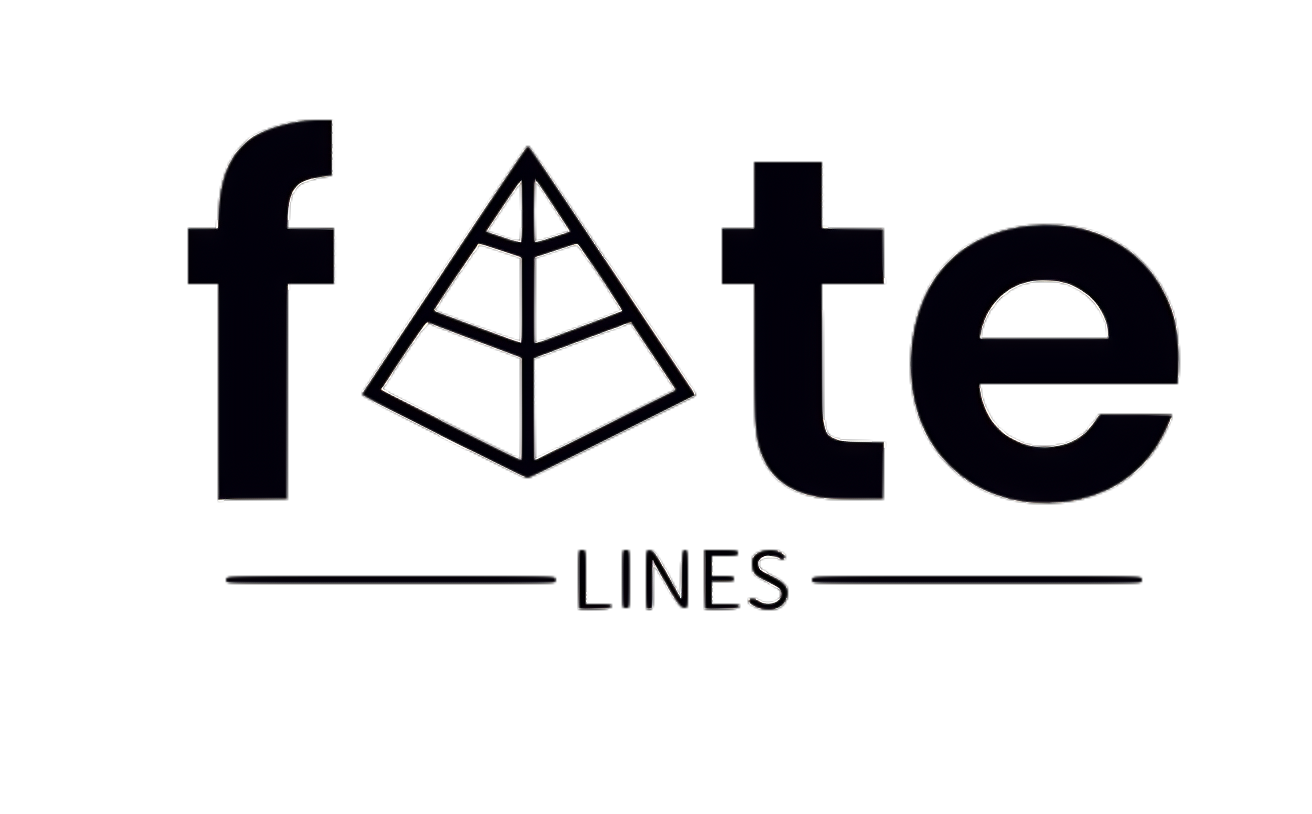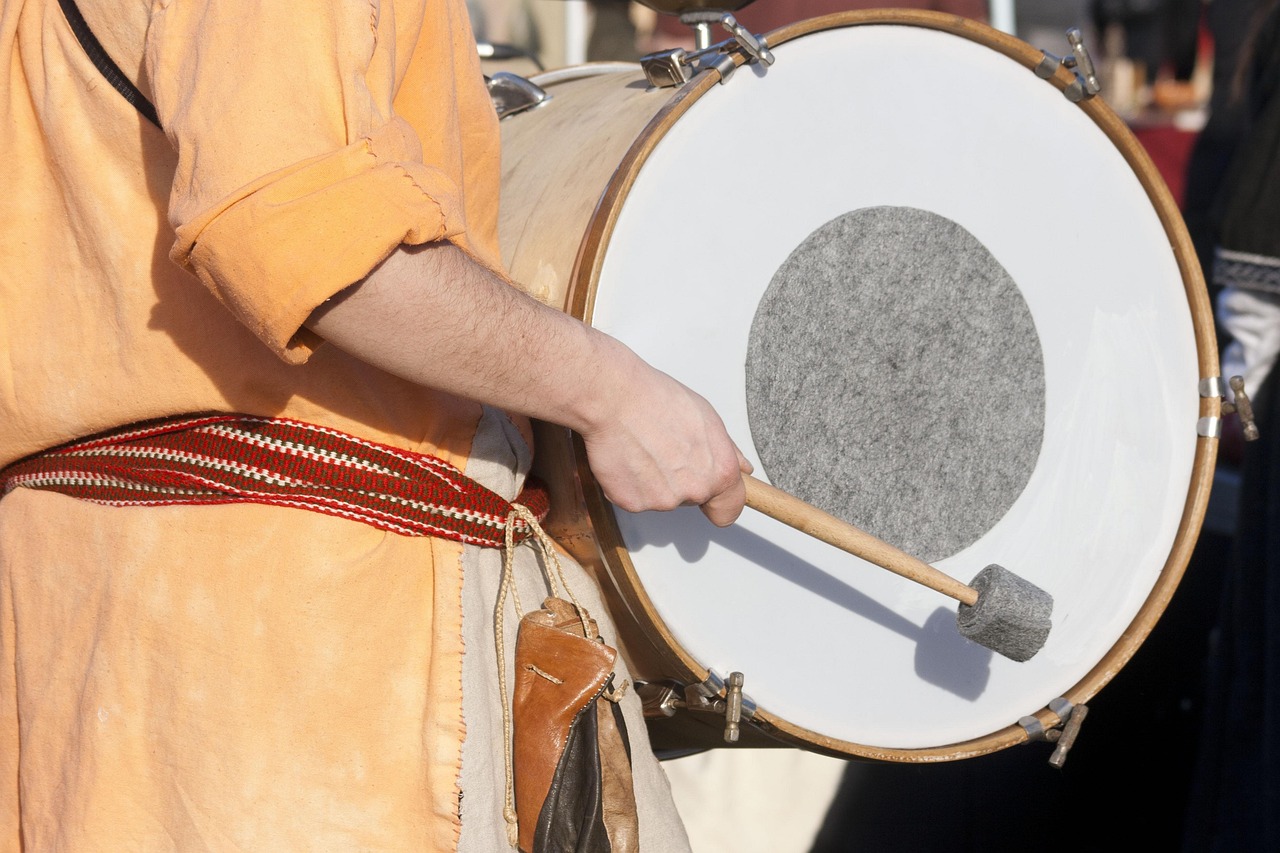The Haunting Legend of La Llorona
In the stillness of night by the Rio Grande river, a distressed figure can often be seen—a weeping woman, potentially La Llorona, a perilous spirit rooted in Mexican folklore. Local legends narrate her tragic story of despair, as she is condemned to remain in this realm due to the atrocity of taking her children’s lives. Some accounts suggest her poverty drove her to the terrible act, while others reveal her rage after discovering her husband’s infidelity. There are also variations in the tales that describe her drowning her illegitimate children, fearing that their father would claim them.
The core of each narrative is her maternal tragedy and the subsequent haunting she embodies, as she roams the earth searching endlessly for her lost children. Commonly depicted in a drenched white dress, La Llorona is said to have ultimately taken her own life by drowning in a well. Her connection to wealth is another aspect of the lore, often claiming that she had an affair with a wealthy Spanish man, which merges into earlier pre-Colombian narratives of sorrowful spirits.
One intriguing interpretation posits that La Llorona could represent Malinalli Tenepal, the native consort of Hernán Cortés, who was believed to have harmed their son Martín when abandoned for a Spanish woman, thus becoming a vengeful spirit. However, this linkage is inaccurate as Martín Cortés did not die until much later. Ultimately, the essence of La Llorona is captured in her continuous lamenting, aptly translating her name to “the crying woman.”
The Machine Elves: A Contemporary Tale
Shifting gears, we encounter a thoroughly modern concept within folklore: the machine elves. American ethnobotanist Terence McKenna introduced this term to define the elf-like entities appearing to those who partake in DMT, a powerful psychedelic. These beings are characterized as “self-transforming vibrating elves,” described as inhabitants of a higher dimensional space beyond human comprehension.
While the notion may seem fantastical, it hints at human psychological phenomena, such as the tendency to perceive human-like forms when under extreme stress, reminiscent of experiences reported during sleep paralysis. Some conspiracy theorists allege that these machine elves are interdimensional beings, only visible when one is under the influence of certain narcotics like DMT. McKenna speculated that these elves dwell within a vast, dome-like structure deep underground, where they are capable of manifesting and crafting objects through language.
Claims suggest that ancient Native American shamans, as well as tribes from Africa and Australia, communicated with these entities. The machine elves are also referred to as ‘fractal elves’ or ‘jennies,’ with some theories proposing that these beings represent enlightened versions of ourselves across time. Regardless of the veracity of these ideas, they offer fertile ground for imaginative storytelling and creativity in contemporary fiction.
The Mystique of the Tatzelwurm in Alpine Legends
In the lofty altitudes of the Alps lies the legend of the Tatzelwurm, a bizarre creature depicted with a feline head and a serpentine body. Claims about this elusive entity differ, with some describing it possessing a caterpillar-like array of legs and a fur-covered body. Though renowned, the existence of the Tatzelwurm has been regarded as dubious; its characteristics vary from dark-hued specimens to rare white ones crowned subtly.
Observers claim that the distinctive cry of the Tatzelwurm resembles a loud hiss. Folklore suggests that safeguarding livestock from the creature’s mischief can be achieved by placing a white rooster nearby.
The Hapun: Belarusian Folklore’s Bogeyman
Each culture has a bogeyman-like character designed to instill fear in children to prompt better behavior. In Belarusian mythology, this role is fulfilled by the Hapun, depicted as a gnarled old man with a long beard and monstrous features, flying through the night in search of naughty children to carry away in his large bag.
The Hapun can render himself invisible, making detection challenging. Caught children are taken to a swampy home, tormented, and destined to grow into new versions of the Hapun, continuing the cycle of fear. This malevolent figure sometimes targets individuals regardless of age or behavior, adding another layer of terror to the tale.
The Myth of the Manananggal
The Manananggal, a creature from Philippine mythology, hunts for pregnant women under the cover of night. This ghastly entity possesses the terrifying ability to split itself into two: with the lower torso remaining stationary while the upper half takes flight to seek its prey. Its long tongue is said to extract the heart and blood from the unborn child.
To defeat a Manananggal, localized folklore suggests one should sprinkle salt or ash on its lower half, preventing it from rejoining with its upper body before dawn. Certain versions of the story note that these creatures also have a distaste for holy water, adding further methods for confronting such nightmarish beings.
The Vrykolakas: A Gruesome Greek Legend
In Greek folklore, the Vrykolakas emerges as an undead, vampiric monster, dietarily distinct from typical vampires as it prefers consuming the liver of its victims over blood. The malevolent spirit cannot enter homes without explicit permission; it often knocks on doors while calling out names. Upon response, the person is met with a grim fate, potentially transforming into a Vrykolakas themselves.
This creature’s origins can be traced back to those who reawaken after excommunication or controversy. Often playing mischievous tricks, the Vrykolakas can be laid to rest through cremation, as traditional weaponry proves ineffective against its undead nature.
The Frosty Phantom: Yuki-Onna
In the frosty climates of Japan, the Yuki-Onna, or “snow woman,” captivates the imagination as a chilling spirit depicted as a beautifully ethereal woman. This vengeful being allegedly freezes unsuspecting travelers, leading them to their frozen demise. However, some narratives posit a softer side, wherein the Yuki-Onna spares the life of a handsome traveler, later proposing to him under the guise of a mortal woman.
Diving deeper into history, the Yuki-Onna appears in Toriyama Sekien’s 18th-century yokai encyclopedia, where her frigid nature is explored, hinting at her otherworldly existence.
The Anu Sinom: Ant People of Hopi Mythology
From the folklore of the Hopi tribe in Arizona, the Anu Sinom—or ant people—emerge as benevolent beings who aided humanity in times of cataclysm. According to myth, these creatures provided refuge during the destruction of the world, showcasing their kindness toward humankind. Their assistance is depicted as crucial for survival during the great flood that marked humanity’s transition between worlds.
The Aatxe: A Basque Guardian Spirit
Basque mythology narrates the tale of Aatxe, a spirit manifesting as a red bull with the ability to shape-shift into a human. Primarily inhabiting caves, the Aatxe emerges during violent storms, wielding protective powers against malevolent acts. A shift occurred in Aatxe’s characterization post-Christianization, transforming him from a guardian spirit to one more akin to a demonic figure.
The Inuarugligat: Tiny Beings from Inuit Lore
The Inuarugligat are tiny, human-like creatures from Inuit mythology, said to be no taller than a man’s knee but holding immense strength. Renowned for their magical abilities and willingness to engage in wrestling matches with travelers, they leave an impression of mystery and cultural significance in their tales.
The Draugar: Norse Legendary Undead
Draugar, known in Nordic folklore as restless undead beings, are recognized from their appearances in modern media. Often depicted as grotesque and powerful, these reanimated corpses were believed to guard treasure, and narratives surrounding them vary widely. Some were purported to possess magical skills, capable of changing form or predicting future events.
The Gjenganger: Norwegian Undead Folktales
The Gjenganger is another undead entity from Norwegian lore, embodying individuals who have not found peace after death. Their emergence can signal unfinished business or violent ends, leading them to haunt the living. Burial customs in Viking-era cultures aimed to prevent such return, intertwining habit with supernatural belief.
The Bezkost: A Unique Slavic Vampire
In Slavic mythology, the Bezkost is a distinctive vampire lacking bones, leading it to slip through tiny openings to terrorize its victims. With its unique feeding methods, this creature presents a bizarre twist on traditional vampire lore, further contributing to the rich tapestry of myth.
The Akaname: Japan’s Cleaning Spirit
The Akaname, interpreted as “filth-licker,” is a humanoid entity that cleanses dirty spots in public bathhouses. While its appearance may seem unsettling, it is neither evil nor malevolent, embodying a curious facet of Japan’s vast array of folkloric beings.
The Hupia: Taíno Spirits
The Taíno people, native to the Caribbean, believe in the Hupia, the spirit that transitions from the living world after death. These formless beings can take on human likeness, enabling them to haunt and trick the living at night.
The Angelystor: A Welsh Mystery
Ancient tales surrounding the Angelystor, a mysterious voice that calls out names of the deceased for the year ahead, adds an enigma to Welsh folklore. Associated with an ancient tree, this ominous figure carries legends of foreseen mortality and the human condition in its ominous but compelling messages.
The Kinie Ger: Mythological Quoll
The Kinie Ger, a legendary creature from Aboriginal lore, showcases the intersection of human and animal traits—its tale serves as a cautionary fable and a testament to the dynamics of nature and myth.



